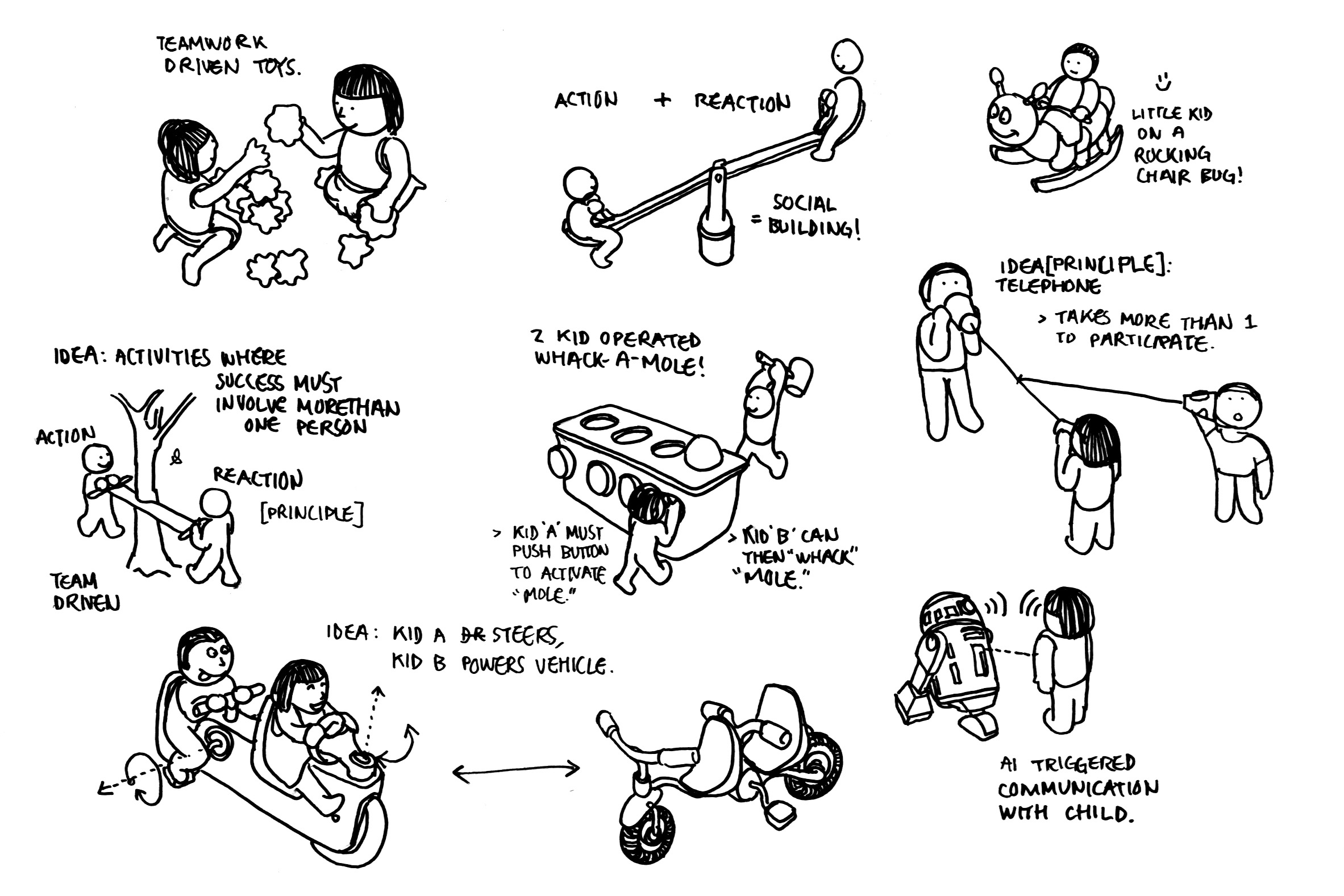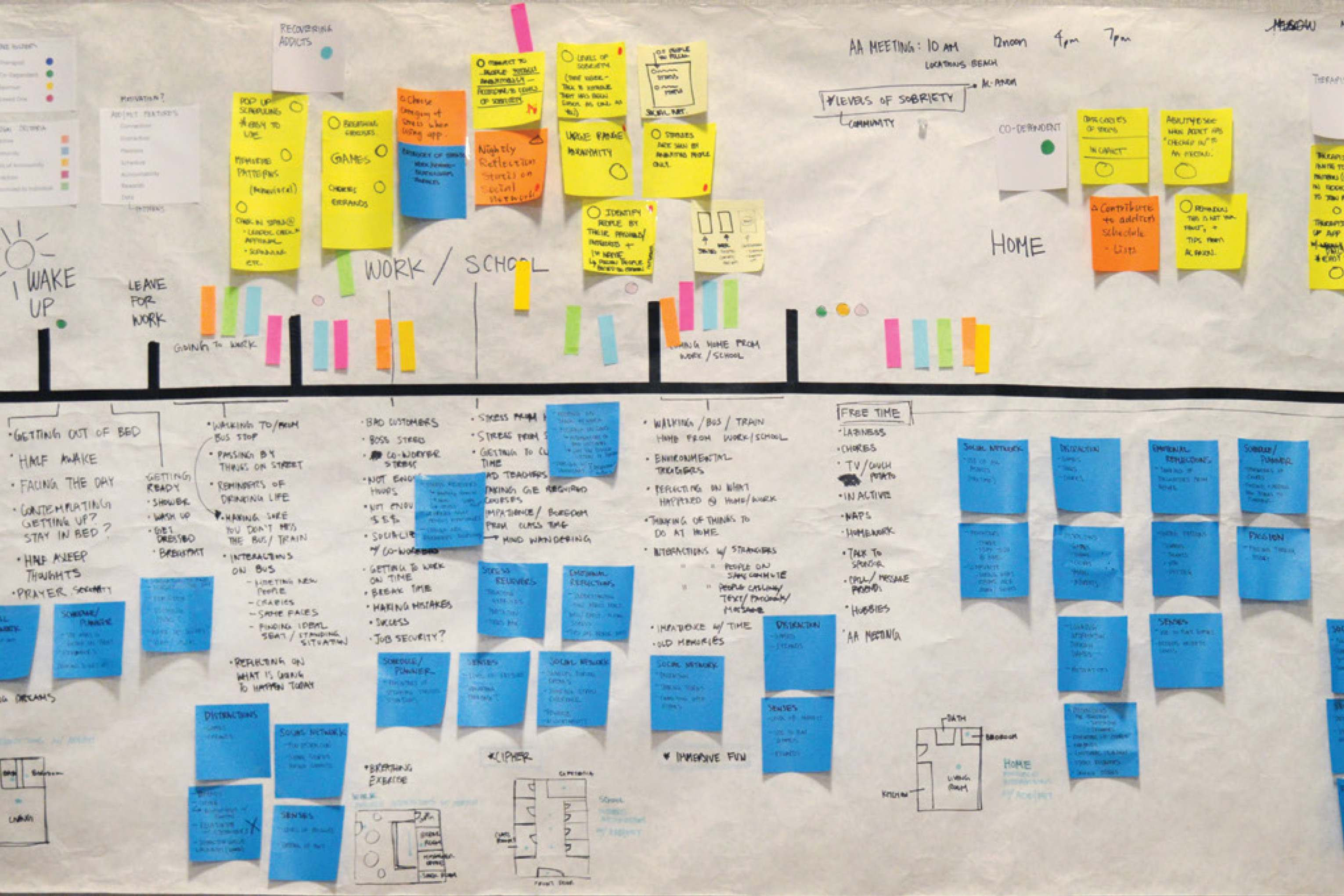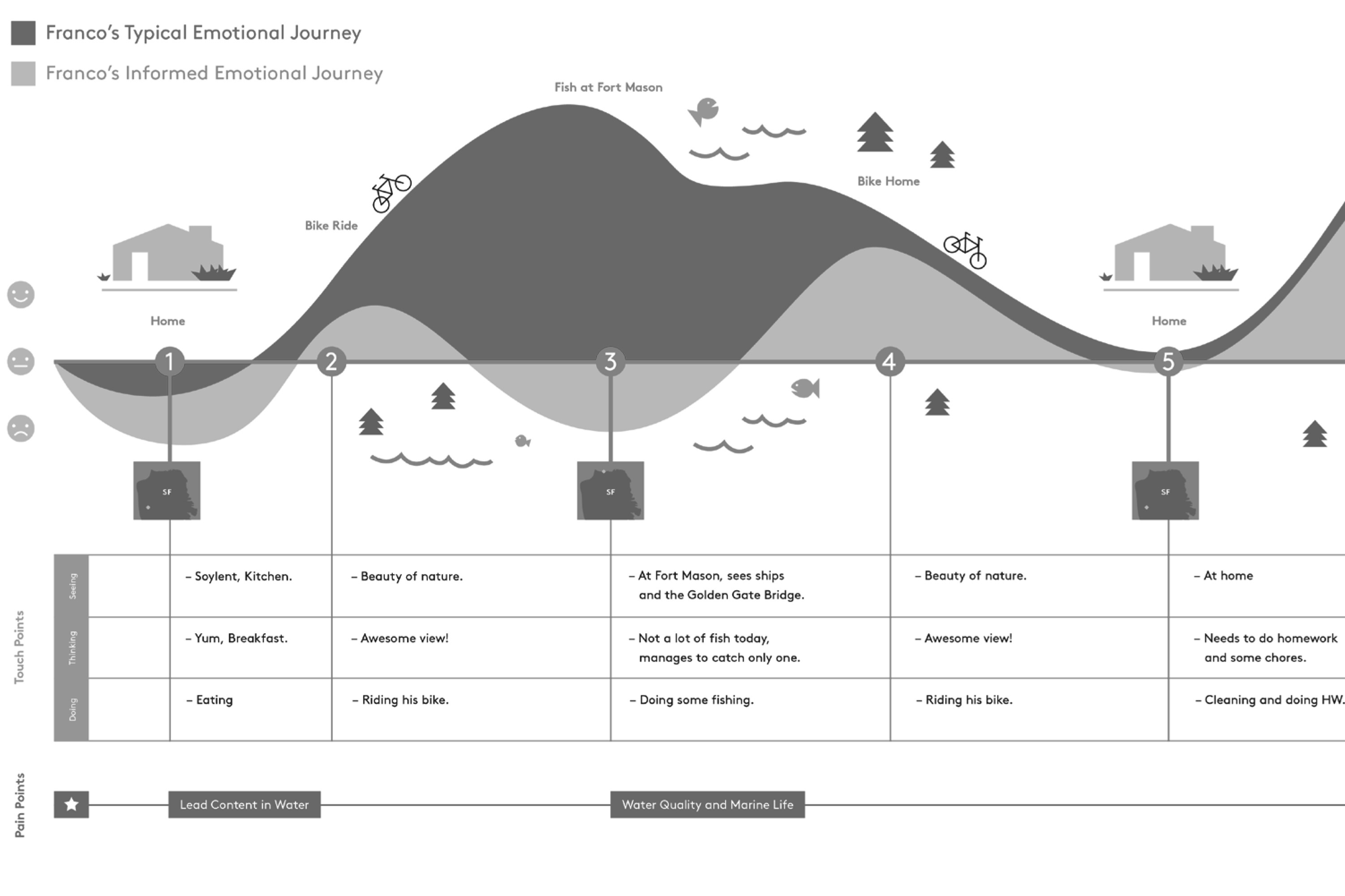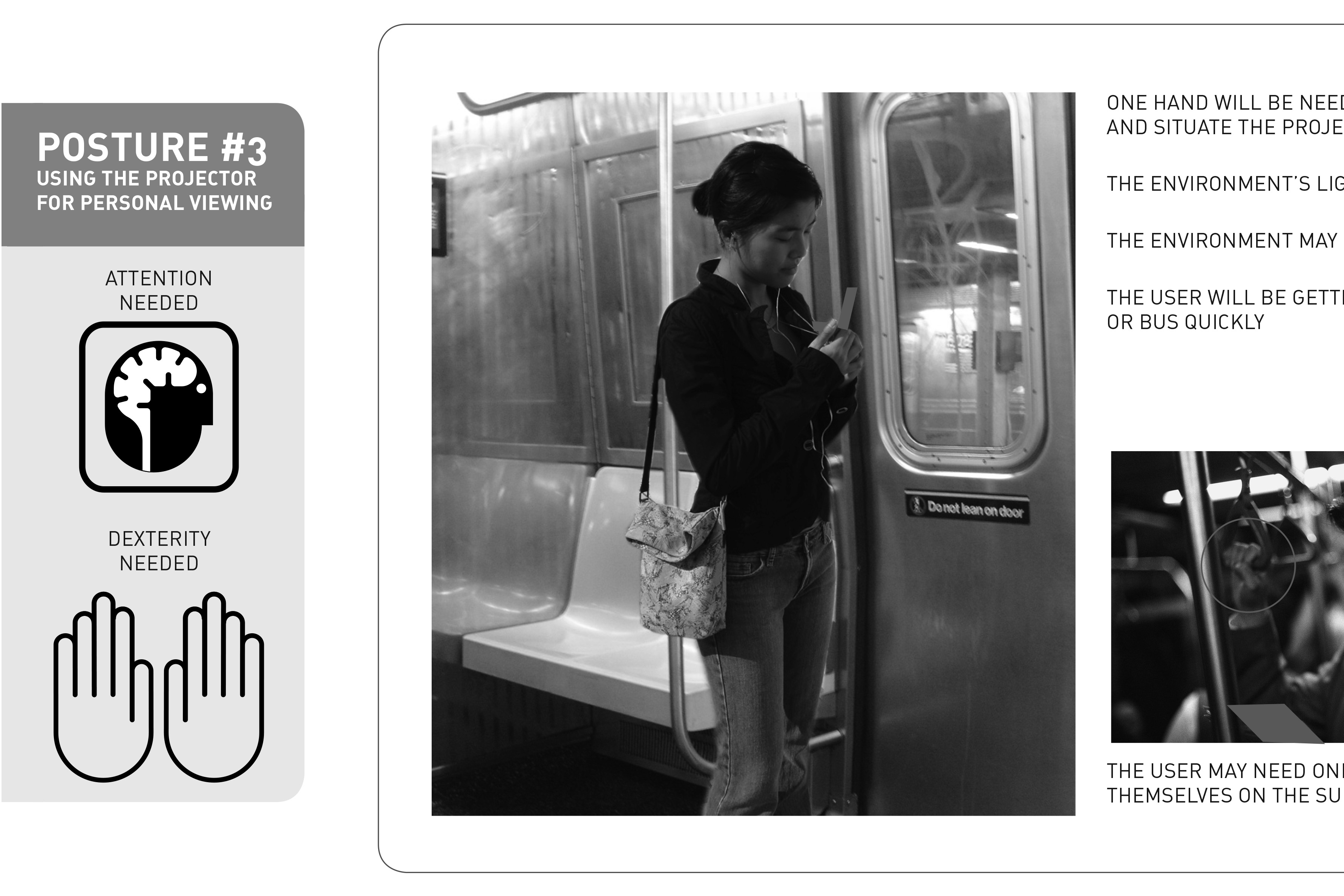Chapter 4: Exploring Experience and Features
How do we develop insightful and engaging design solutions? We assess what is out there already, explore many possible approaches, and settle on those that align the best with our project’s goals. This chapter is the first of three that explores ways of coming up with different approaches for our design. In it we look at our user’s experience and explore the various features that may allow them to achieve their goals.
Practicum for Chapter 4:
Goal Breakdown: Follow the methods presented in the text to identify your user’s goals and break them down into a set of features that allow your users to achieve their goals.
MUSCOW Chart: List the features generated by your breakdown and organize them into a MUSCOW chart.
Journey Map: Based on your research and your “Day In The Life” create a journey map of the time frame relevant to your user’s experience with your system.
Posture Studies: Use your journey map to identify possible touchpoints in your system and create a set of posture studies for them.
Touchpoint Ideation: Ideate possible contextual solutions for each of your postures. Consider not only physicality, but also technology, accessibility, and emergent trends as well.
Inspiration by Empathy: Go through your user’s experience and create both physical and virtual sketch mockups of your system’s possible touchpoints and their related postures.
Blob Scenario: Identify your best solutions from your inspiration by empathy exercise, and create a blob scenario with them as the props.
Guideword Boards: Guided by the points in the book, refine your aspirational adjectives into a set of guidewords. Create a moodboard for each guideword.
Strategic Vision: Continue to revise and update your strategic vision frameworks as you discover more about your project through this phase’s exploration.




